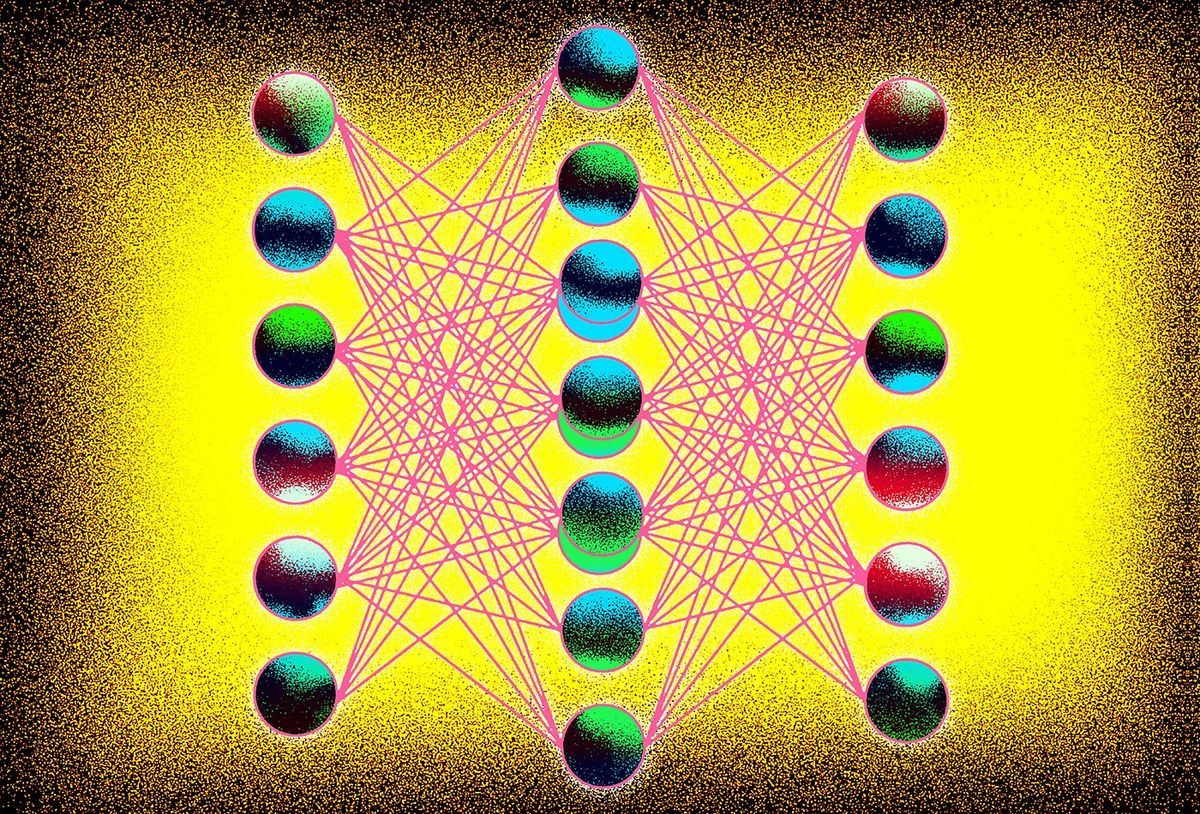Researchers at the quantum-computing company Terra Quantum have demonstrated improved training of machine-learning models by using a new method that combines the best features of classical and quantum computers. These results are a promising sign for the young field of quantum machine learning, which is slow to get off the ground due in large part to the hardware constraints of existing quantum computers.
Classical and quantum computers can both be used to train machine-learning models, which essentially means solving equations in high-dimensional spaces. Complex models contain both curved and jagged regions in such mathematical spaces. Classical computers can solve the equations that govern the jagged areas, but they are able to approximate the curved areas only by using stepwise functions. Conversely, quantum computers are governed by wave functions and are well-suited for solving curves in multidimensional space, says Alexey Melnikov, a principal investigator at Terra. But quantum computers are inefficient at solving the areas with jagged edges, he says.
The new technique, published last month in the journal Intelligent Computing, is called parallel hybrid networks, and it takes advantage of the neural-network technique’s ability to combine the results of different stages of training into a single model. Neural networks split the work of training machine-learning models onto different software modules. Each module learns about a different feature from the dataset, and taken together they form the neural-network model. A key insight from the research is that by giving classical and quantum computers the same dataset and allowing them to train models in parallel, the final model, consisting of a combination of the two, could achieve better results, says Melnikov, a coauthor on the research paper.
“Quantum is not good for everything, classical is not good for everything, but together they improve each other.”
—Alexey Melnikov, Terra Quantum
“We saw that classical actually fits the stepwise, abrupt changes, whereas quantum fits the harmonic, smooth parts,” Melnikov says.
An obstacle faced by would-be users of parallel hybrid networks is that while the most powerful quantum computer built to date consists of 433 quantum bits, or qubits, it is still too noisy and error-prone to have a significant impact on computational tasks like breaking standard encryption. Terra Quantum gets around this hardware issue by using specialized classical high-performance computers to emulate quantum computers. This is possible because the software layer, which includes the machine-learning algorithms, is able to run without the user worrying about the hardware layer underneath it. Terra Quantum’s computers are customized to model quantum computers.
Melnikov says the new hybrid machine-learning approach is especially useful when faced with modeling real-world situations that are not “textbook problems.” The researchers used the technique to model gas emissions at a waste-burning thermal power plant, which must carefully control the flow rate and temperature of emissions produced by the plant’s combustion process. The emissions are difficult to predict, with no obvious correlations between them and measurable parameters like airflow and the waste input.
When researchers added a quantum neural network layer to an existing classical model, they found the error rate of the model dropped to one-third of what would have been generated without quantum. The model, Melnikov says, would alert plant operators to potential problems in advance and allow them to take corrective measures rather than shut down the entire operation, which is costly and inefficient.
The new technique hints at the benefits that machine learning on quantum computers may eventually bring, even though the field is still very new. “Quantum is not good for everything, classical is not good for everything, but together they improve each other,” Melnikov says. “And this provides a specific recipe.”
- Machine Learning Will Tackle Quantum Problems, Too ›
- Spooky Action Could Help Boost Quantum Machine Learning ›



